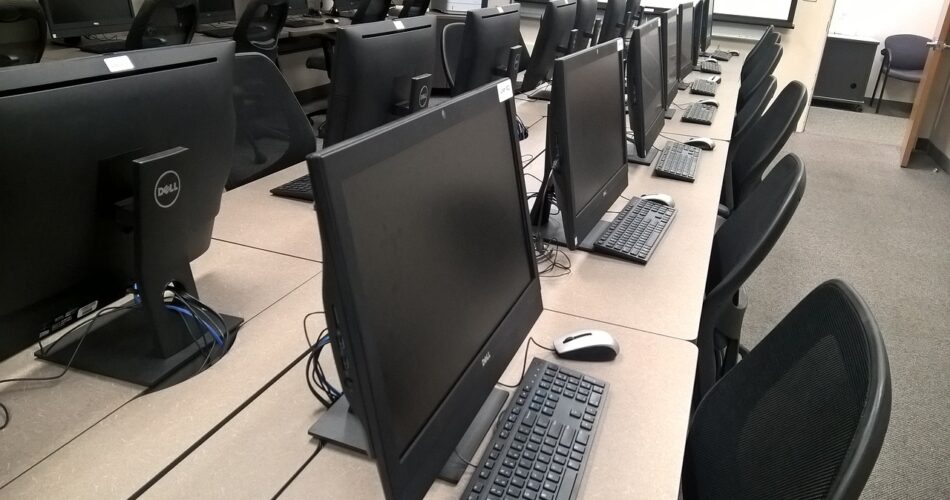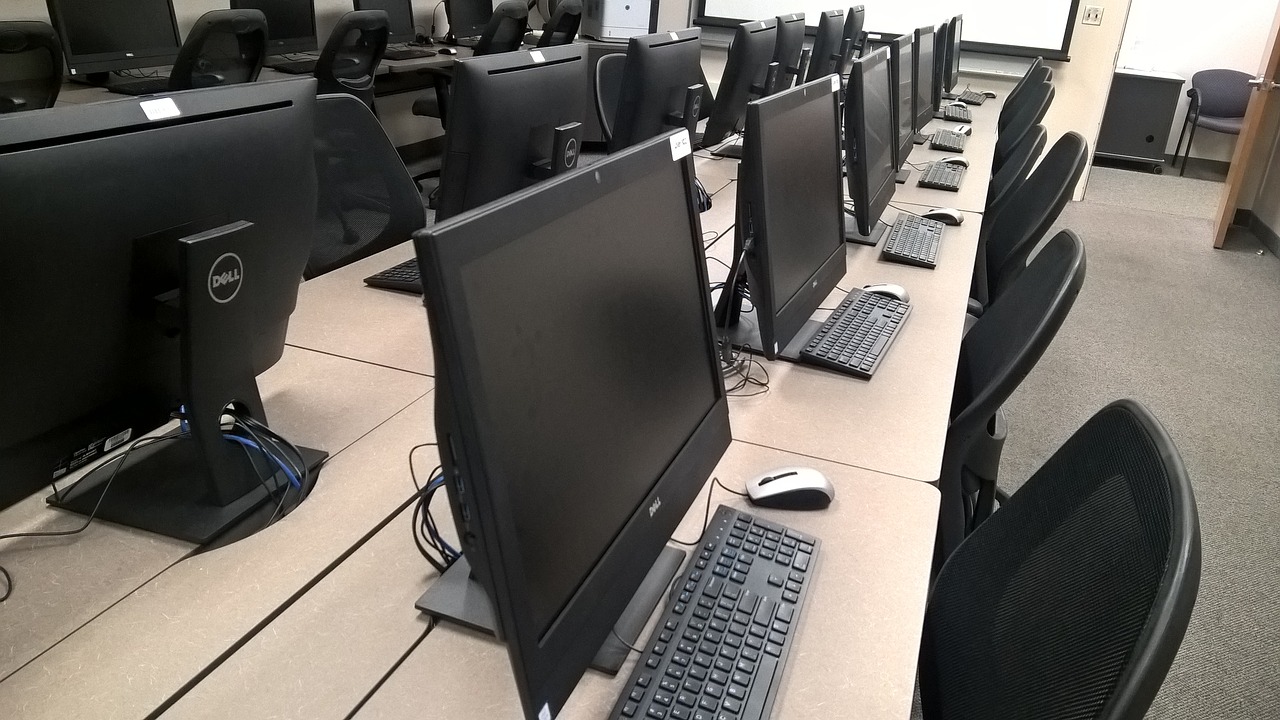Google LLC today announced the early access launch of Chrome OS Flex, a new cloud-first operating system built for businesses and schools that can be installed on PC and Mac computers with ease.
As networks age, the management of the computer hardware can become cumbersome and difficult, especially as it becomes necessary to update operating systems and maintain security. As time wears on, the computers begin to lose ground against the increasing demands of software.
Chromebooks, which run on Chrome OS, do not slow down over time, stay up to date on a regular schedule and provide proactive security protection, while also being easy to manage. All of these elements come together in Flex with the addition of enterprise-level multidevice administration.
“The way we thought about Chrome OS was that it was our mission to provide affordable computing to everybody,” Thomas Riedl, director of product management at Chrome OS, told SiliconANGLE in an interview. “With Chromebooks we really have come a long way, but we stopped short when it came to running our software on existing devices.”
Up until now, Chrome OS existed only on devices such as Chromebooks, Chromeboxes and similar. Now, even computers made within the past 13 years with x86 architecture can become Chrome OS Flex devices.
Workers need only plug in a USB stick with the installer and boot from it. From there it’s possible to log into Chrome OS Flex and either immediately start using the operating system to test it out or install it on the device. It will then sync the user’s cloud profile, settings, bookmarks and policies from a management interface controlled by a cloud-based Google Admin console.
Users will get a consistent experience with Flex that looks and feels exactly like any other Chrome OS device. That means that if they’ve ever used a Chromebook, they’ve experienced the user interface of the operating system. It also boots up in seconds and gives users swift access to the Chrome web browser, which is built into the OS.
Riedl went on to explain that the use cases for Chrome OS Flex aren’t purely theoretical either. It was developed by the same team that built CloudReady, an operating system based on Chromium OS, and designed to be its successor.
Recently, CloudReady was used by the Scandanavian hotel chain Nordic Choice Hotels to recover from a ransomware attack that hit its computer network on Dec. 1. The morning after the attack, the chain decided to fast-track a plan to switch from Windows OS to the Chromium-based OS.
Using the same model that exists now with Flex, the hotelier staff migrated 2,000 computers in 212 hotels within two days. That meant check-ins and reservations were running within 48 hours on Chrome, whereas the staff had been relegated to pen and paper during the attack.
Riedl and his team are launching Chrome OS Flex into early access now so that they can get feedback on the new operating system and allow people a chance to get their bearings with the operating system.
“Chrome OS Flex is in early access now,” Riedel said. “We want people to know about this early because we want people to try it out, kick the tires and see if it works for them. They might run into bugs because it’s on an early version of the latest Chrome OS release, so we want them to take it easy and play around with it.”
It’s currently free to download and try out and will be even after the full launch. Anyone can try it out by downloading it onto a USB stick and use it directly after boot – or, should they choose, go a step further and replace their OS with it. It only incurs a licensing fee for organizations when they want to create a managed fleet of devices with an administration console.
Photo: Pixabay
Show your support for our mission by joining our Cube Club and Cube Event Community of experts. Join the community that includes Amazon Web Services and Amazon.com CEO Andy Jassy, Dell Technologies founder and CEO Michael Dell, Intel CEO Pat Gelsinger and many more luminaries and experts.
Source link




